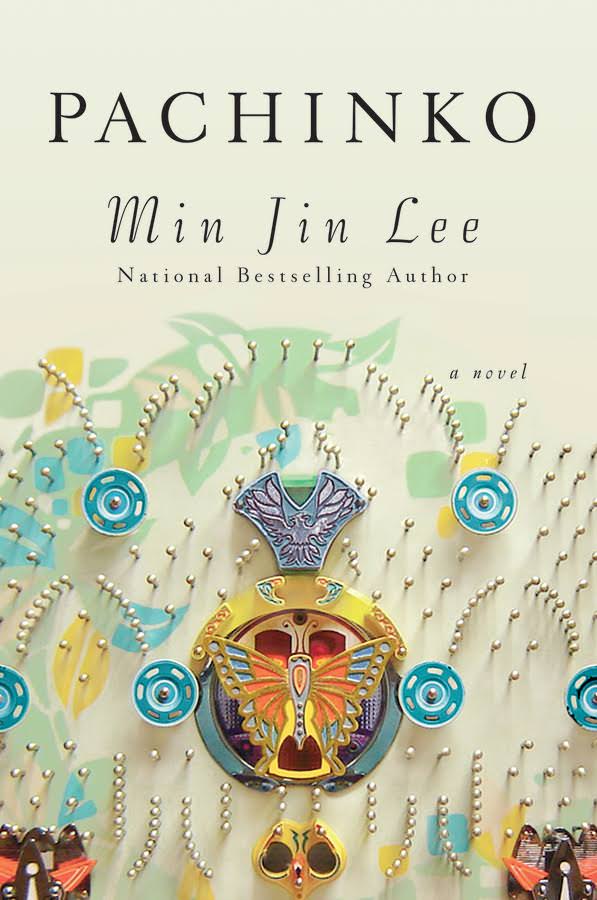Pachinko,
by Min Jin Lee
Published by Grand Central Publishing (2017)
Min Jin Lee’s novel traces a single Korean family through multiple generations across the 1900’s. Without an individual protagonist or a singular plot, the novel is filled with characters, who navigate periods of immense sorrow and joy in annexed Korea, and subsequently, in Japan an adopted homeland that refuses to accept them. The book tests your understanding of several themes, including faith and family.
The thrust of the novel comes from a perplexing loss of identity – a natural consequence of being colonized. Being tagged as Korean under a Japanese Empire means very little, and being a woman under such an Empire brings with it, it’s own set of limitations and societal obligations.
The first chapter is perhaps the best insight into what the novel is going to become. Characters are introduced rapidly, with physical description and dialogue providing the most insight into their behaviour, and the plot moves incredibly smoothly. Sunja is introduced as Hoonie’s daughter – her own identity only beginning to develop once her father passes away, and thus begins a moving saga of a largely ignored historical arc.
Sunja’s unplanned pregnancy sees her combatting her understanding of love, and what relationships mean, at a very young age. At the verge of bringing shame upon her family, already within the lower echelons of society as a consequence of being Korean, she is rescued by a Minister, who offers to marry her. It is at this point that Sunja moves from being Hoonie’s daughter, to becoming a subsequently, a mother, and subsequently Baek Isak’s wife.
As religion is explored through Baek’s understanding of God and what Christianity means, death begins to appear as a recurring occurrence, with Korean families scrambling to stay alive, and getting drafted to serve the Emperor, only to lose their lives on the battlefield. Internally, societal conflict results in death as a result of expressing yourself. Under an Emperor, having an opinion is absurd and a social evil, and you realize, through Yoseb, that suppressed emotions lead to slow, decaying madness.
Shame and guilt underpin many of the finest scenes in the novel, with every character continually forced by their position as second-class citizens to make painful sacrifices, and, consequently, to consider the nature of those sacrifices, and whether they’re worth being made. This continues down to Noa, who leaves his family to start afresh, and Solomon, who is forced to break off a relationship on the same day he is fired.
At all points, however, Pachinko is what appears to tie each character’s narrative together. As a mechanical gambling game that originates in Japan, the Koreans find refuge in running parlours for the rich Japanese, earning their livelihoods from the same business. Noa’s character is the only Korean to reach University, but he gives up on his education, and finds himself running books in a Pachinko parlour, the same thing his uneducated half-brother does, and Pachinko seems to be the ceiling at which Koreans reach.
The novel exemplifies historical research. Lee’s language crafts 20th-century Korea and the sights and smells of the shabby Korean township of Ikaino in Osaka as if you walked down the streets yourself. As a multi-generational novel, age gaps and cultural shifts are extremely well presented, and the novel gets you to think about immigrants in East Asia by presenting Oriental History without a Western skew.
All in all, my 2018 Reading has started off well. This one’s a must-read.

